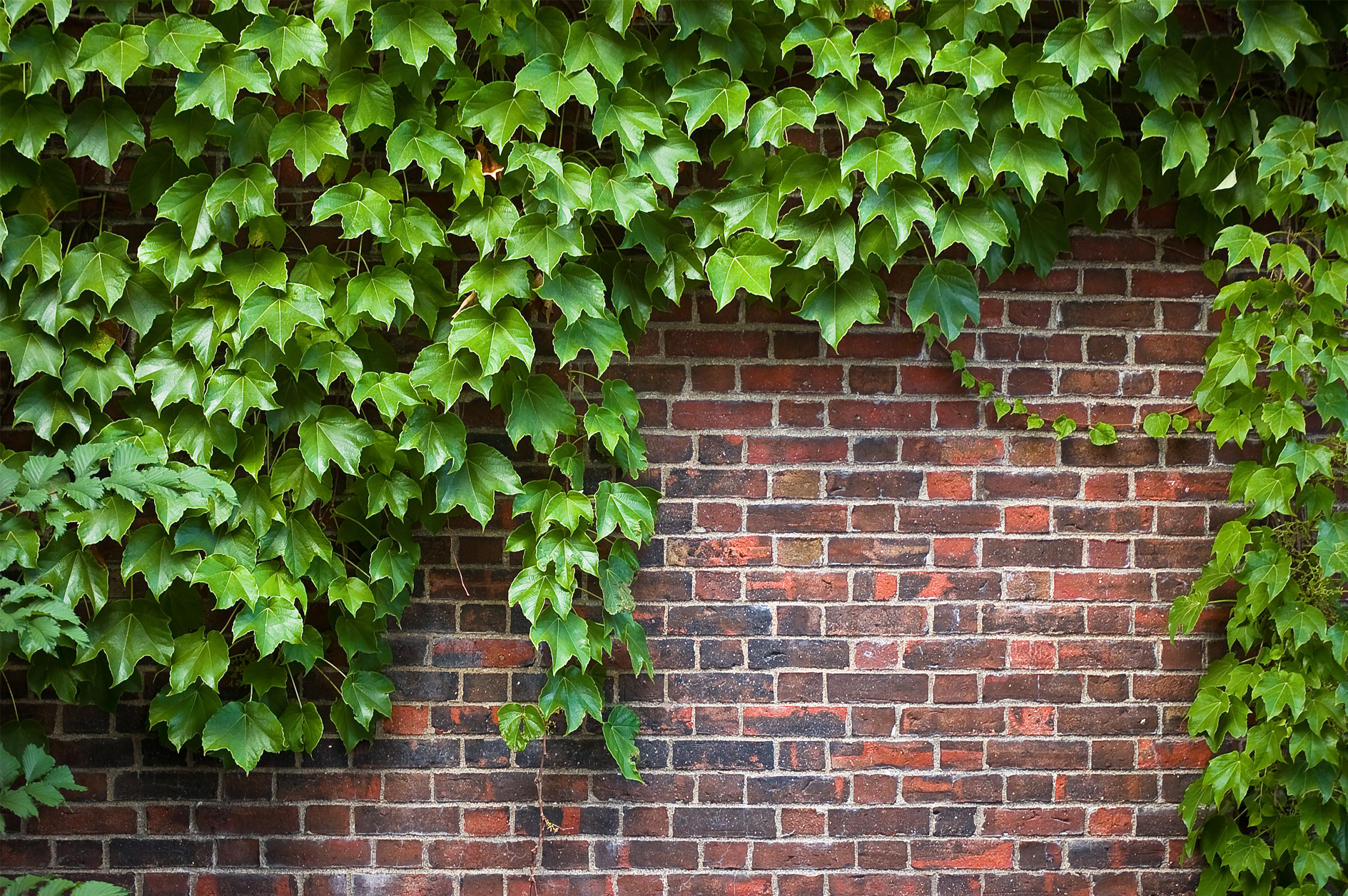Why Ivy Should Not Vine On Brick Siding

Use vines to provide privacy screening and aesthetic value.
Why ivy should not vine on brick siding. There are three basic types of vines. You can use trellises lattice metal grids or mesh strong wires or even string. Some vines like wisteria climb by twinning around objects. Best vines for brick walls.
Vines add visual interest and versatility to home gardens. If you want old fashioned elegance english ivy or a climbing rose should fit the bill. These adhesive holds enable boston ivy to cling fast to brick masonry siding and other materials. Not only does this type of vine get a firm grip but the diameter of the vine increases with maturity constricting around the.
Plants like boston ivy suction onto surfaces with adhesive pads allowing them to go up and under the wood. The best way to grow vines up a home is to grow them not directly on the home itself but on a support set about 6 8 inches out from the home s siding. Unfortunately john you have a problem there. Climbing vines are more likely to cause issues on wood siding and in damp climates.
And if you are covering brick walls with vines to disguise some imperfections fast growing virginia creeper or. What you use should be based upon what vine you are growing as certain vines can be heavier and denser than. Vines generally do not damage sturdy brick and mortar or stonework but give them a tiny crack or chip and the roots can work their way in causing larger cracks and crumbling. The vine can climb 50 feet or more to rapidly cover anything in its path.
We can get much of it off but depending on the age of the ivy you could have significant damage done. Vines like common english ivy are destructive latching onto brick or wooden surfaces and often damaging the structures they re growing on. Using climbing vines on brick walls can say something about your home and you. So i guess the correct answer is you want to be sure you want it on there because even if you have great brick it will never look nice again once ivy has grown up on it and attached itself for a while.
I had no idea. On a building this can result in displacement of building parts. Others like poison oak produce an oily resin that causes an irritating rash. Vines that will not damage brick mortar.
Homes with shingles or vinyl siding should have trellises as vines grown directly on these surfaces can loosen and break shingles and pull off siding. Ivy virginia creeper vines and other climbing plants not only grip onto surfaces porous or not but on brick and wood they can actually sends little gripping roots into the siding. Ivy and vines are living growing and moving organisms that attach to more static objects.



















